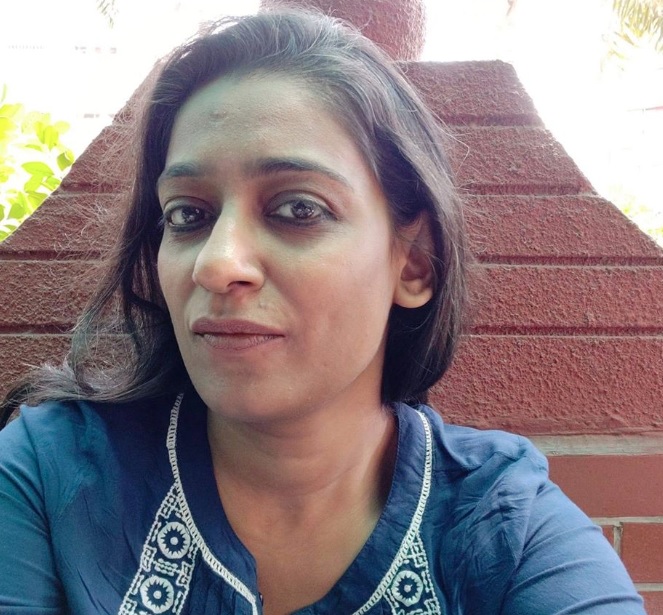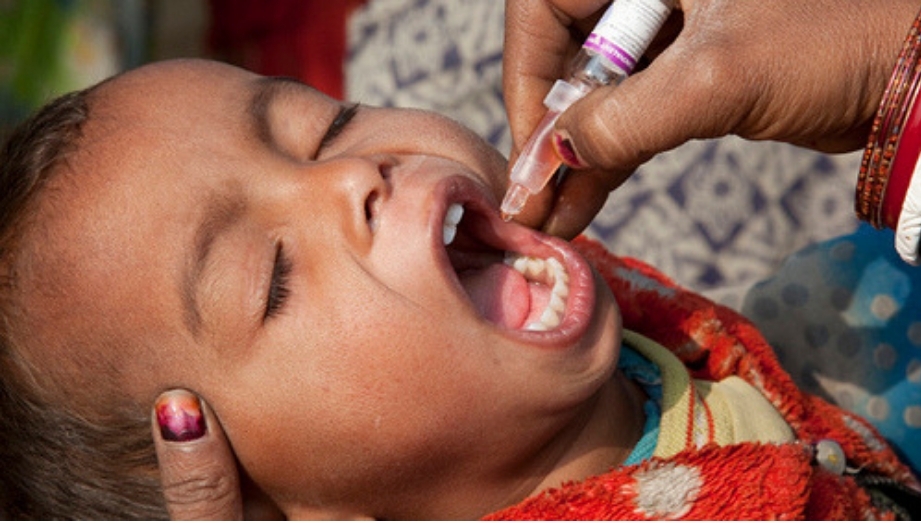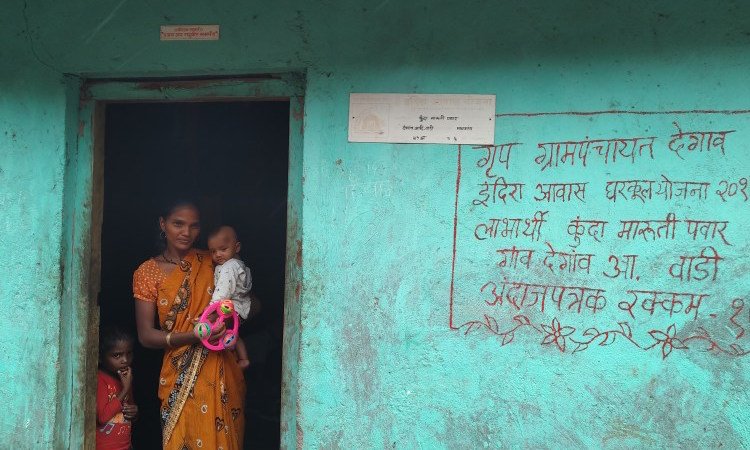Why Maharashtra doesn’t measure up when it comes to Vaccination of Adivasi Children
Most parents aren’t aware of the need for vaccination and health officials don’t reach most of the tribal hamlets located in forested areas that can be reached only by a long walk or a trek uphill


Maharashtra is one of the developed states in India, but just 56.3% of its babies (aged 12 to 23 months) are fully vaccinated.
Savita Kale, 23, a Bhil tribal from Alegoan Paga village of Shirur Taluka in Pune, has a one-and-a-half-year-old baby. Savita, who works as a labourer at farms and lives in two thatched huts at the tribal hamlet, has no idea if her kid is vaccinated.
She said, “The doctor had given him an injection a few months ago, but I am not sure whether the injection was a vaccination or for the fever he had had. We have never taken him for vaccination; no nurse has come to our house either.”
This village has over 30 kids aged about 60 months or younger, and most of their parents are not aware of the importance of vaccination.
Similarly, Sangita Lombole, 25, a housewife from Vadar tribe, one of the nomadic communities, stays in a hut in Ekta Nagar slum in Pashan, Pune, with her husband. She has two children; the younger is a year old. Sangita, whose husband works to break stones at road-making projects, said, “I am not aware that the babies should be given vaccination. Besides, here I cannot afford to visit a doctor.”

As per the National Family Health Survey, only 56.3% of the babies (aged 12 to 23 months) are fully vaccinated (BCG, measles and three doses each of polio and DPT). Even though the state is one of the most developed and has higher literacy rates, the vaccination percentage is much lower than the national average of 62%.
About 90% of the children in the state have received BCG against the national rate of 91.9%. About 87% have received measles vaccination. However, only 67% have received the three doses of polio, which is lower than the national percentage of 72.8%.
About 74.9% have got three doses of DPT as opposed to the national level of 78.4%. And only 60.8% have got Hepatitis B vaccine against the national average of 62.4%.
The Umbarwadi tribal hamlet in Igatpuri taluka of Nashik district can be reached after an hour of trekking uphill from Igatpuri. The village has over 20 babies below the age of five. However, the tribals say most of them are not vaccinated as primary health centre (PHC) does not reach them, and it is a big task for them to reach the PHC.
Geeta Ughade, an illiterate tribal who has been helping pregnant women deliver babies for decades, said, “Rarely does any health professional visit the hamlet to give vaccinations such as for polio. Earlier, nurses or helpers would regularly come to check the patients and vaccinate the babies. But I don’t remember anyone visiting the hamlet in the past few months.”
Bhagwan Madhe, a social activist of Sramjivi Sanghatana that works for tribals in Nashik, Palghar and Thane, said, “Many hamlets are in forests where one needs to walk a few kilometres to reach them. So, health officials don’t bother to reach them.”
When asked about the low percentage of babies getting fully vaccinated vis-a-vis the national average, Dr Archana Patil, director, Maharashtra State Family Welfare Bureau, said she would look into the matter.
This article has been sourced from Youth Ki Awaaz-Adivasi Lives Matter with permission from Adivasi Lives Matter.
You can read the original article here

